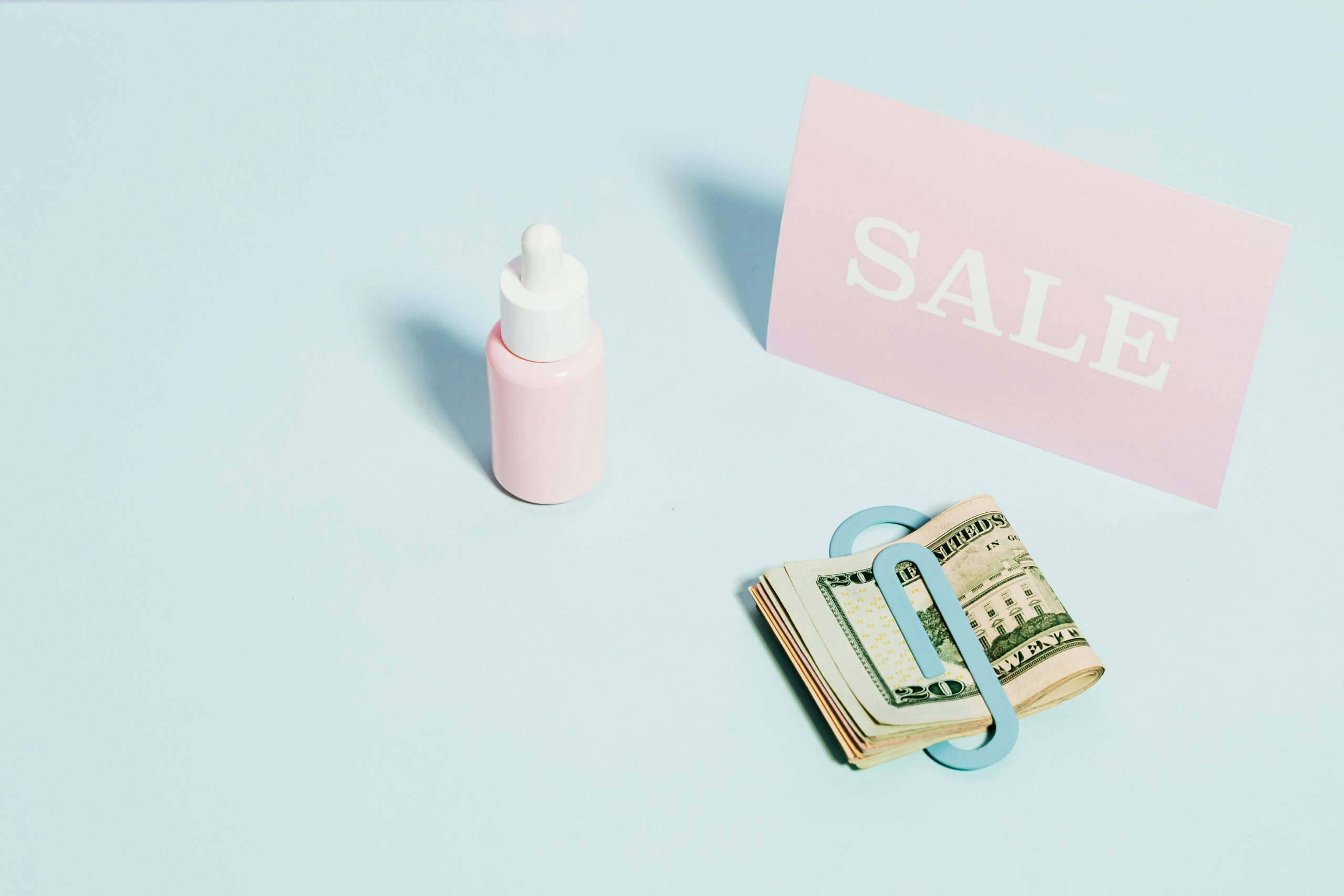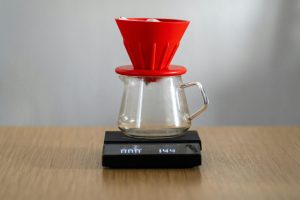Understanding Unit Pricing to Get the Most for Your Money
Are you tired of going to the grocery store and feeling overwhelmed by all the different prices and unit measurements for the same product? Many shoppers have trouble understanding unit pricing, but mastering this concept can save you hundreds of dollars each year. In simple terms, unit pricing breaks down the cost of a product into the cost per unit of measurement, making it easier to compare prices and get the most value for your money. In this article, we’ll delve into the world of unit pricing and give you the tools to become a savvy shopper. So, let’s dive in!
What is Unit Pricing?
Unit pricing is a method used by retailers to break down the cost of a product into the cost per unit of measurement. This allows shoppers to compare the prices of different products with varying sizes or volumes to determine which option offers the best value. For example, if you’re trying to decide between two bottles of juice, one being 16 oz. for $2.99 and the other 32 oz. for $4.99, unit pricing would show that the smaller bottle costs $0.18 per oz. while the larger one is only $0.15 per oz., making it the better deal in terms of cost per unit.
The Importance of Understanding Unit Pricing
Now that you have a basic understanding of what unit pricing is, you may wonder why it’s important. Well, for starters, it can save you money. By comparing prices based on the cost per unit, you can identify the most cost-effective option and avoid overpaying for products. This is particularly useful when comparing different brands or sizes of items, as it allows you to see beyond the initial purchase price and get a better understanding of the true cost.
It Can Also Help You Make Healthier Choices
In addition to saving you money, unit pricing can also help you make healthier choices. Let’s say you’re trying to choose between two brands of granola bars, one being a “healthy” brand and the other being a cheaper, less nutritious brand. By looking at the unit price, you may find that the healthier brand is actually the better deal in terms of cost per serving, making it a more budget-friendly choice. This way, you can make informed decisions that align with your health goals without breaking the bank.
It Can Save You From Being Fooled by Sales
Have you ever fallen for a “buy one, get one free” deal, only to realize that the regular price of the product was actually marked up? With unit pricing, you can see the true cost per unit and determine whether the deal is truly worth it. Sometimes, these sales can actually cost you more in the long run if the regular price of the product is higher than its competitors’.
How to Read Unit Pricing Labels
Unit pricing labels can be found on most products in grocery stores, but they can be confusing for first-time shoppers. Fortunately, they’re not as complicated as they may seem. Here’s how to read them:
Look for the Unit of Measurement
The first step is to locate the unit of measurement listed on the label. This may be in weight (ounces, pounds), volume (liters, gallons), or count (items per package). For example, a bottle of soda may have a unit of measurement of “12 oz.”
Calculate the Cost Per Unit
Next, you’ll need to calculate the cost per unit. This is done by dividing the total cost of the product by the number of units. For instance, if a bag of chips costs $3.99 and contains 16 servings, the cost per serving would be $3.99/16, which comes out to $0.25 per serving.
Compare Unit Prices
Lastly, you can compare the unit prices of different products to determine which is the best value. Remember, a lower cost per unit doesn’t always mean the better deal, as the quality and nutritional value of the product should also be taken into consideration.
Final Thoughts
Understanding unit pricing can seem daunting at first, but with practice, it can become second nature. By taking the time to compare unit prices, you can save money, make healthier choices, and avoid falling for deceptive sales. So, the next time you go grocery shopping, keep an eye out for that small label that can make a big difference in your wallet. Happy shopping!











